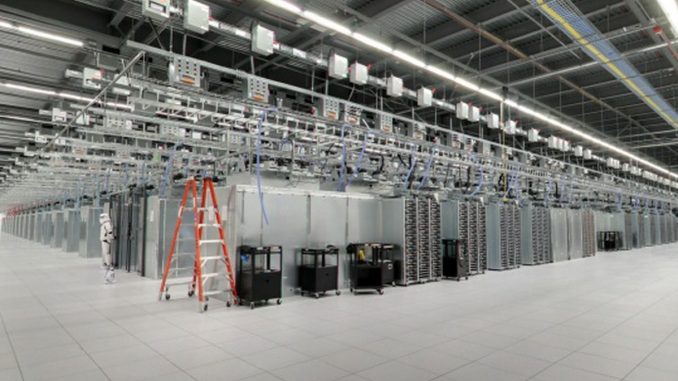
Summary: Data centers are built to withstand failure, but how do you protect against the failure of your own equipment? By ensuring redundancy for key systems, physical separation of backup systems, planning and adequate documentation.
Data centers and their networks are built to mitigate and avoid failure. Your equipment is safe from almost everything but the largest disaster. However, what happens when your equipment fails in the data center? The best approach is to plan for potential equipment failure when you design the colocation plan. Here are some areas that you should consider during the planning stages:
Redundancy
When dealing with a critical system that can impact the business operations of the company, build in redundancy at both the software and hardware levels. Unless there are good reasons, a load balance should trigger the automatic switch-over.
Distribution
Setting up redundant systems only works if you can physically separate the primary and backup devices. In a colocation environment, hire a second rack and place all secondary systems on the second rack. An electrical short or fire can disable an entire rack, so you need the backup systems physically separate.
Plan
When a failure does happen, everyone goes into crisis mode. Draw up plans for the different scenarios and how each party should respond. Share these plans with the colocation provider to ensure a smooth process in the event of a crisis.
Document
One of the greatest causes of panic during a disaster is the lack of clear documentation on how the systems works and what needs to be done to ensure operation. Often, people are looking around and trying to figure out how things work during the crisis because of insufficient documentation.
Written by Rack Alley. A top-tier provider of premium affordable server colocation services at their LA data center.
